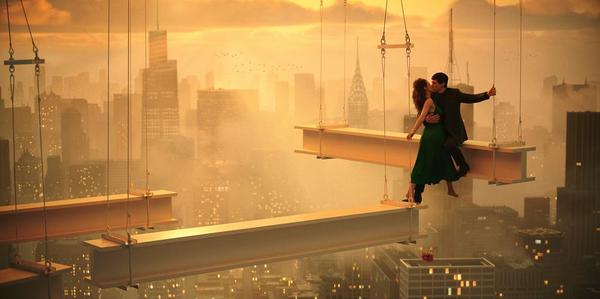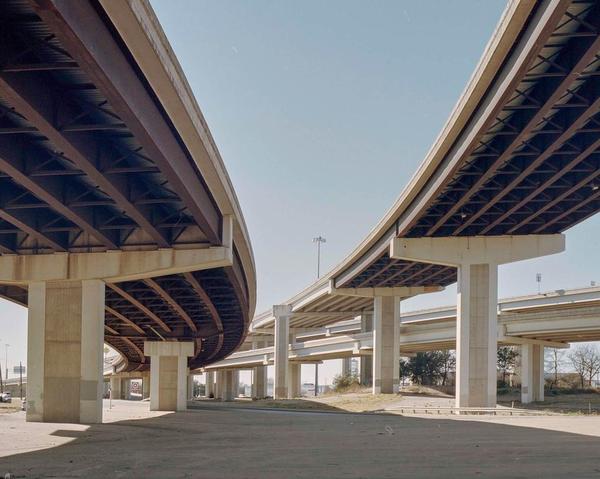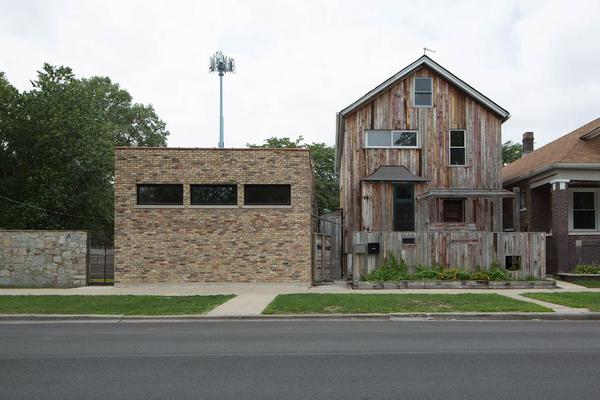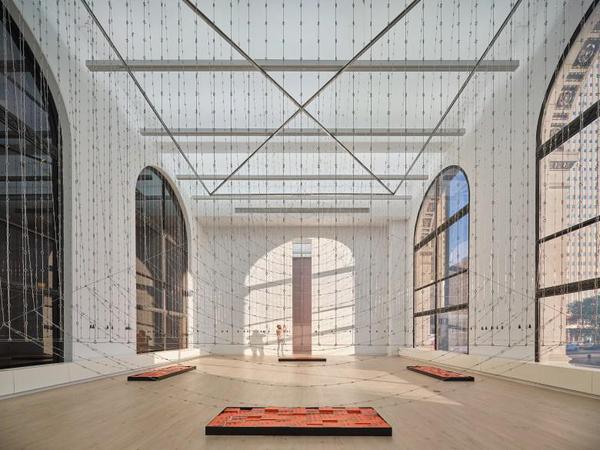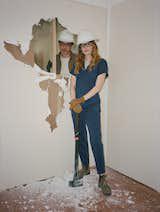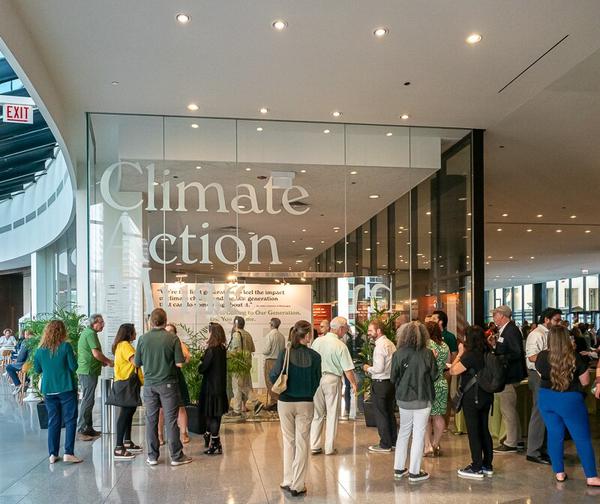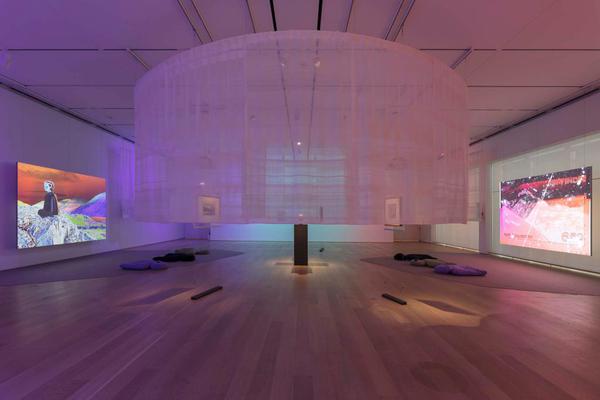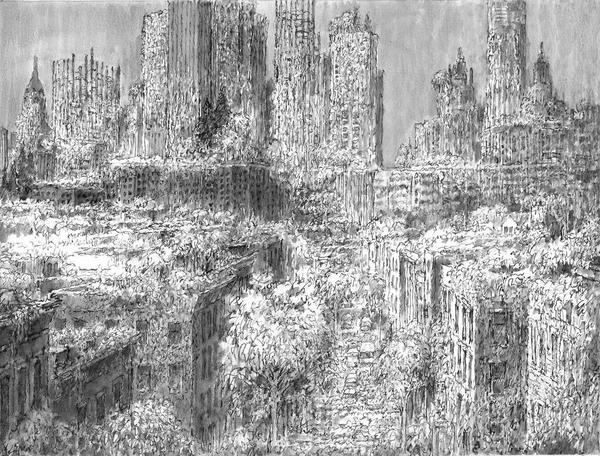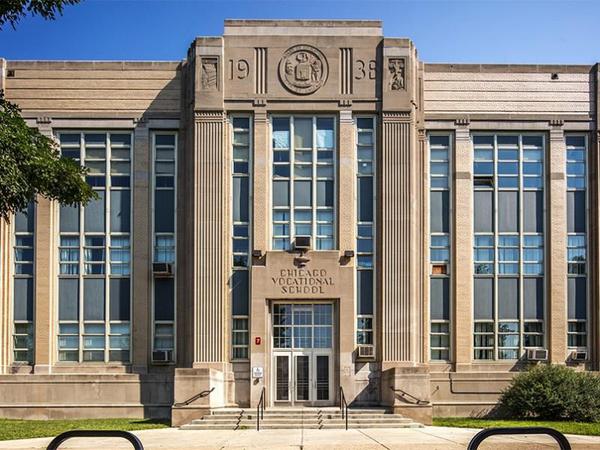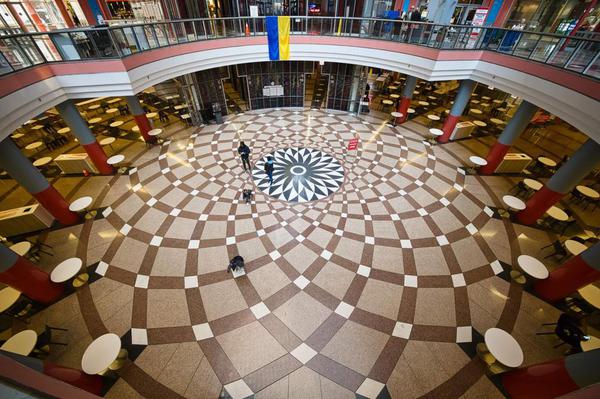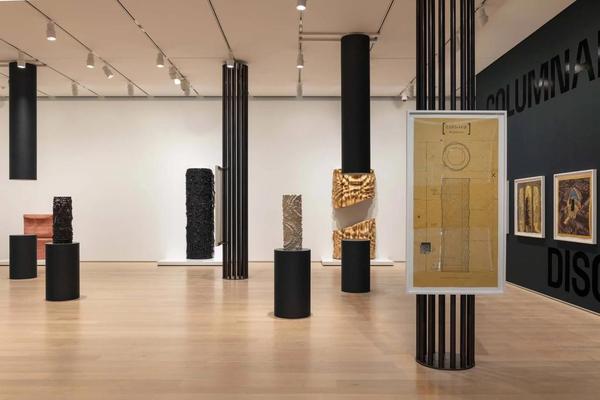
With Columnar Disorder, Germane Barnes revises classical architecture to tell stories about the African diaspora
It’s difficult to remember much about columns from architecture history class. There are three main “orders”—Doric, Ionic, Corinthian—though some expand the lineup to five with the addition of Tuscan and Composite. (I’m not Googling this right now.) It’s hard to recall as time has passed and my synapses have weakened, but also because the column’s meaning has changed. Encountering a building lined with decorated mo...
 Filters & Sorting
Filters & Sorting
